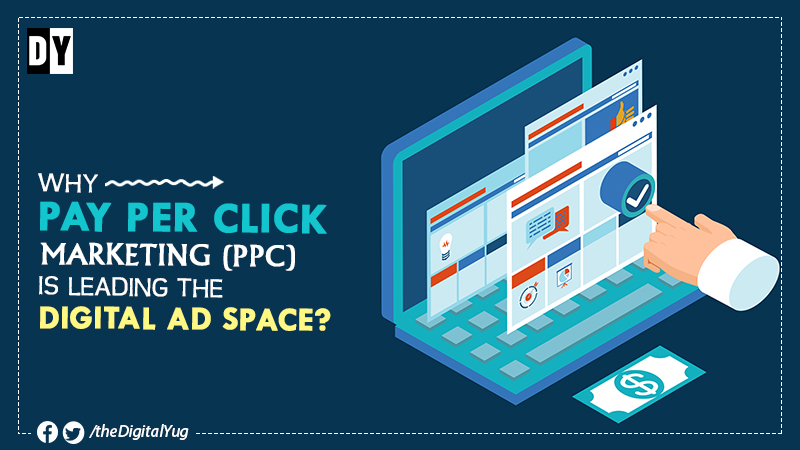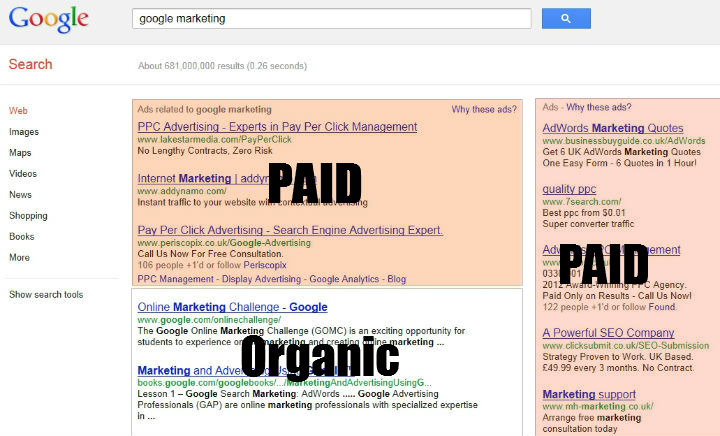
Pay-per-click (PPC) advertising is a sophisticated digital marketing channel & provides an excellent chance for digital marketers to increase their traffic and conversion metrics. However, without a well-thought-out plan and prudent approaches, pay-per-click can bring enormous issues. To further explain PPC marketing, here, in this article, we shall answer all your doubts.
Pay-per-click marketing, or PPC, is a type of internet advertising in which marketers pay when consumers click on their advertisements. Advertisers bid on the perceived worth of a click-based on the keywords, platforms, and audience type from which it was generated. PPC is used to achieve a variety of campaign objectives, including:
At every given time, users are looking for certain products, services, and information. Advertisers may present a tailored ad at the exact moment this search is taking place. Relevance is everything in PPC. For example, if a user searches for "White Sneakers," an advertiser can display an ad speaking in that language.
There are compelling reasons for both small and large enterprises to use PPC. Once you've figured out how PPC works and how to create efficient advertising campaigns, you can look at the benefits of PPC and how to optimize them. Aside from choosing how much you want to spend and only paying when you have a visitor to your site, here are some more advantages of PPC.
Google, Bing, Yahoo, and other well-known platforms employ PPC advertisements. For simplicity, we'll concentrate on the two most notable programs: Google and Microsoft Advertising.
Most people have heard someone exclaim, "Hold on, let me Google it!" at some time in their lives. That very much points to the fact that Google searches are unrivaled in popularity among search engines. As a result, the prices for sponsored ads are greater.
How it Works: Advertisers bid on Google to have their ad shown, their services offered, a product mentioned, or promote a video. Google now allows you to place advertising on mobile applications, movies, and non-search websites (search partners).
High Search: Google Ads is the most popular pay-per-click platform. Google handles around 40,000 search queries every second. This statistic indicates a high likelihood that your ad will be noticed by your target demographic, perhaps resulting in a customer or profit. Google Ads is ideal for both Fortune 500 corporations and small enterprises.

Microsoft Advertising has a distinct range of users that access it via platforms such as Bing. Every month, Bing is responsible for 37.7 percent of desktop searches in the United States and around 15 billion searches globally. You might be shocked to learn that Microsoft search networks may connect you to around 46.5 million searchers who are not available via Google.
Ad Partners: Microsoft Advertising partner sites also include Windows 10, Microsoft Office, Cortana, third-party platforms, Siri online results, Spotlight Search, and many more.
You may also tailor your adverts to different times and days of the week, different geographic locations, and other demographics.
With PPC advertisements, several variables must be tracked. Specific PPC tools and resources may help make the process go more smoothly before, during, and after the fact. You may use the platform to monitor adverts, create well-organized spreadsheets, and more.
Ensure you choose tools and software that provide tracking, scheduling, reporting, multi-user support, ad grading, and ad management.
So, this was all about PPC marketing. Remember, paid advertising is indeed helpful, but a minor mistake might bring blunders. Therefore, it is recommended to hire an expert, like SEOYug.
Paid advertising enables you to stand out in competitive marketplaces. You can attract consumers who are unaware that your organization exists. You may boost marketing campaigns, increase your ranking on difficult search words, and even raise public knowledge of your business.
Latest Updates from around the world
Most read stories, topics, and videos
Latest Updates from around the world